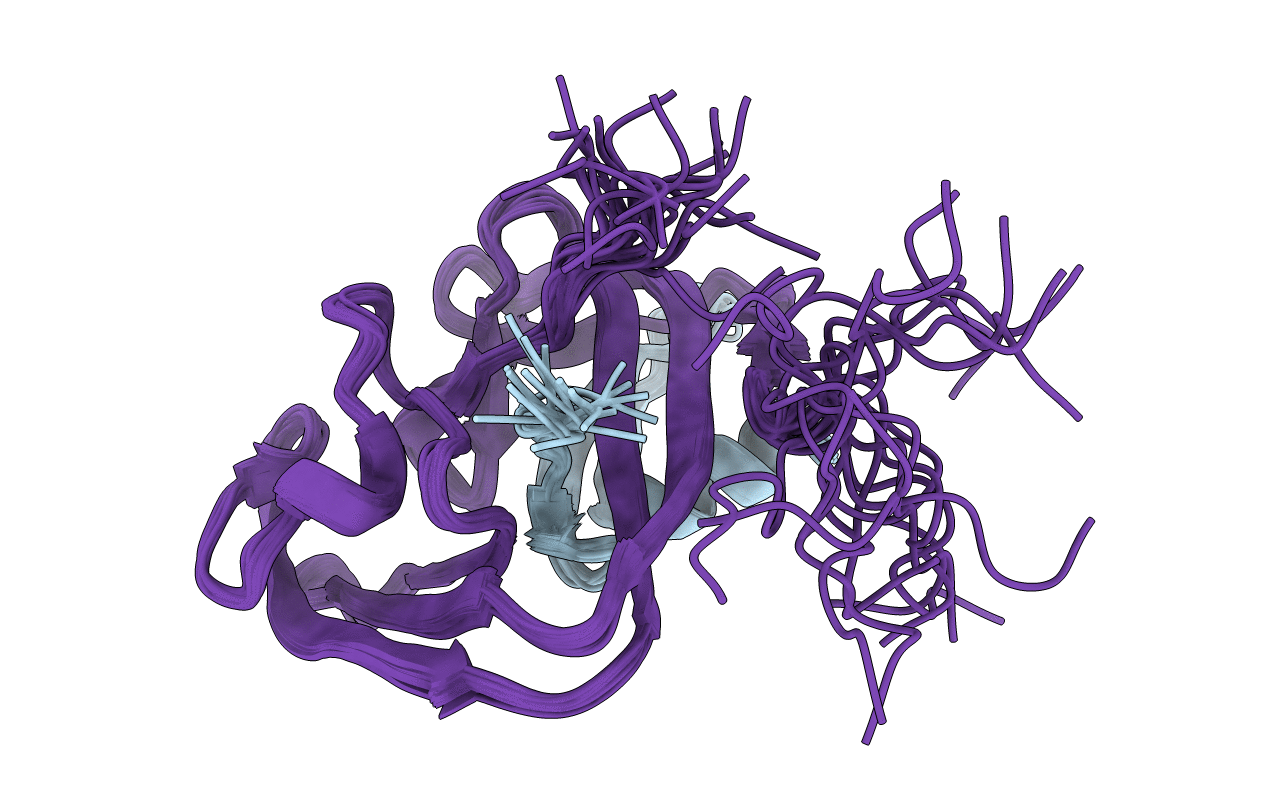
Deposition Date
2018-06-14
Release Date
2018-09-19
Last Version Date
2024-05-01
Entry Detail
Biological Source:
Source Organism:
Enterobacteria phage T7 (Taxon ID: 10760)
Host Organism:
Method Details:
Experimental Method:
Conformers Calculated:
256
Conformers Submitted:
20
Selection Criteria:
structures with the lowest energy


